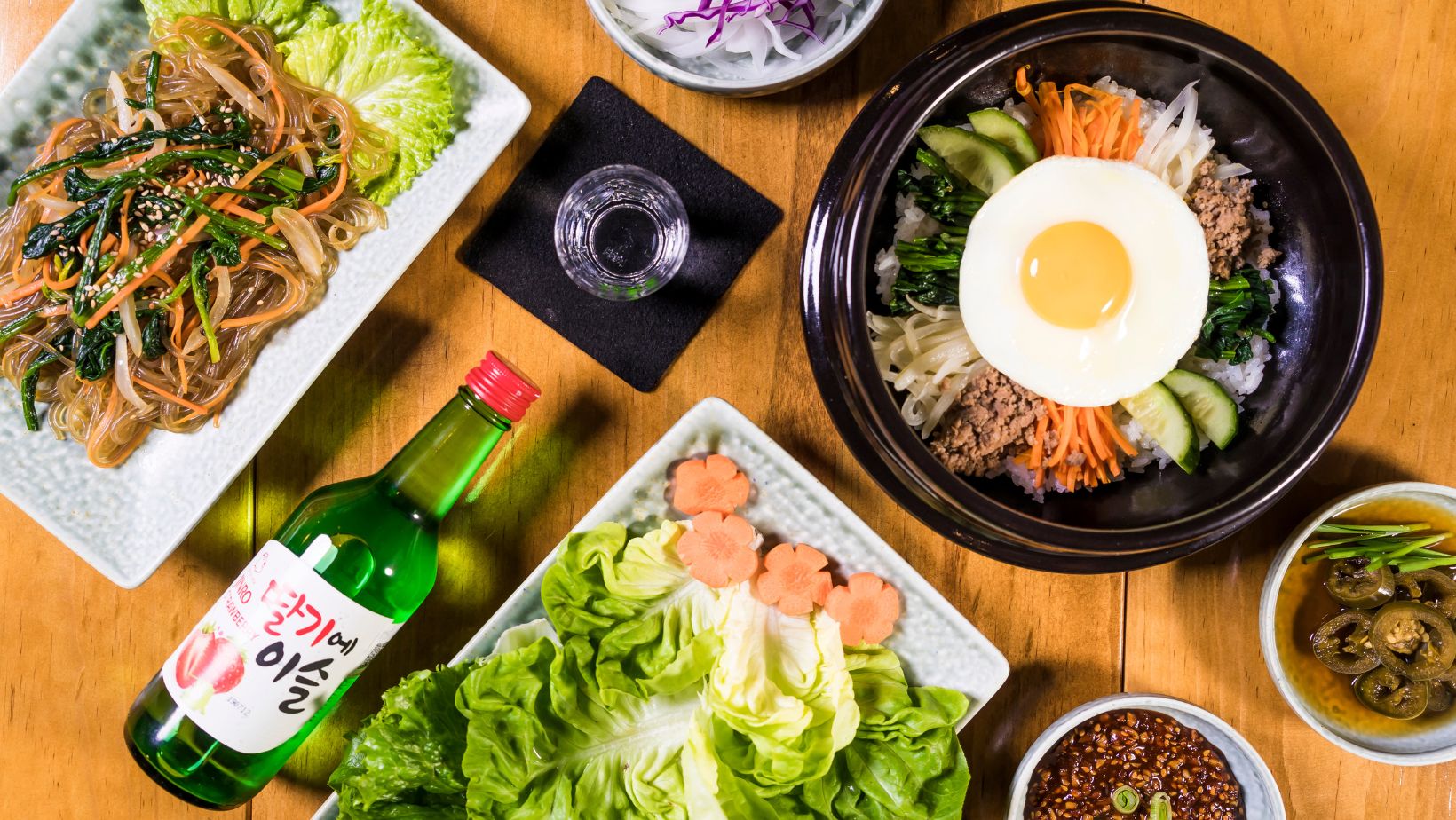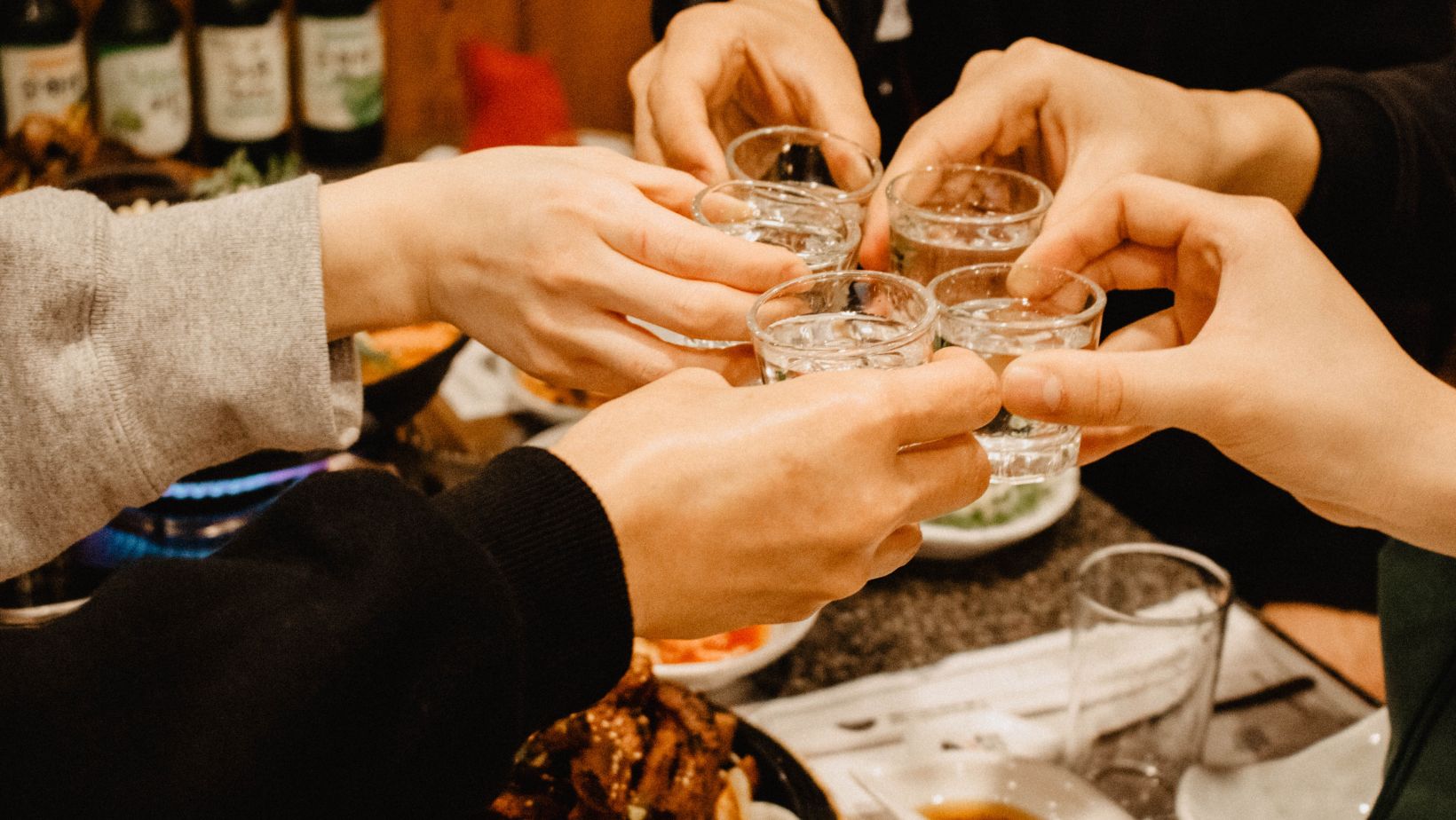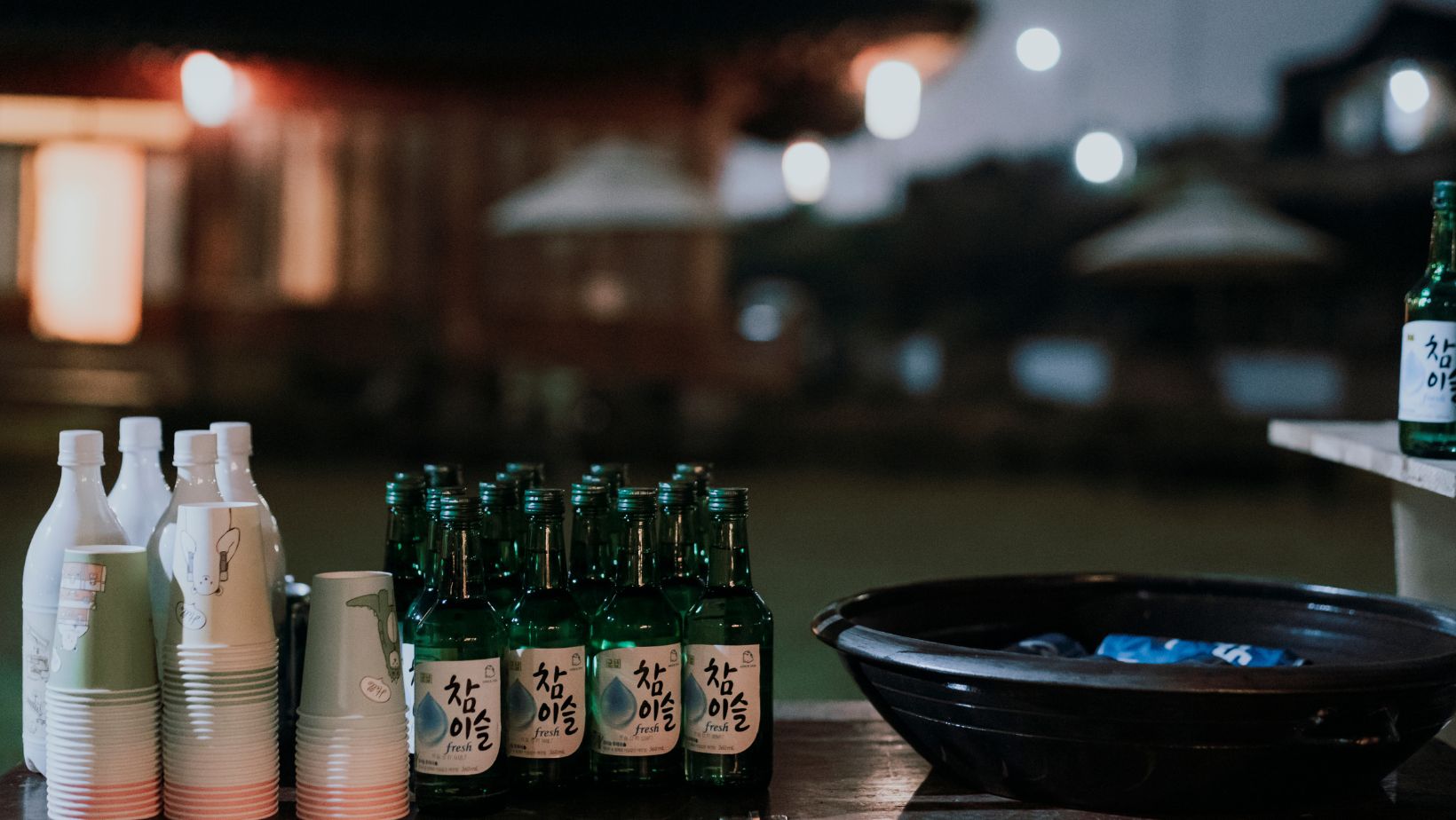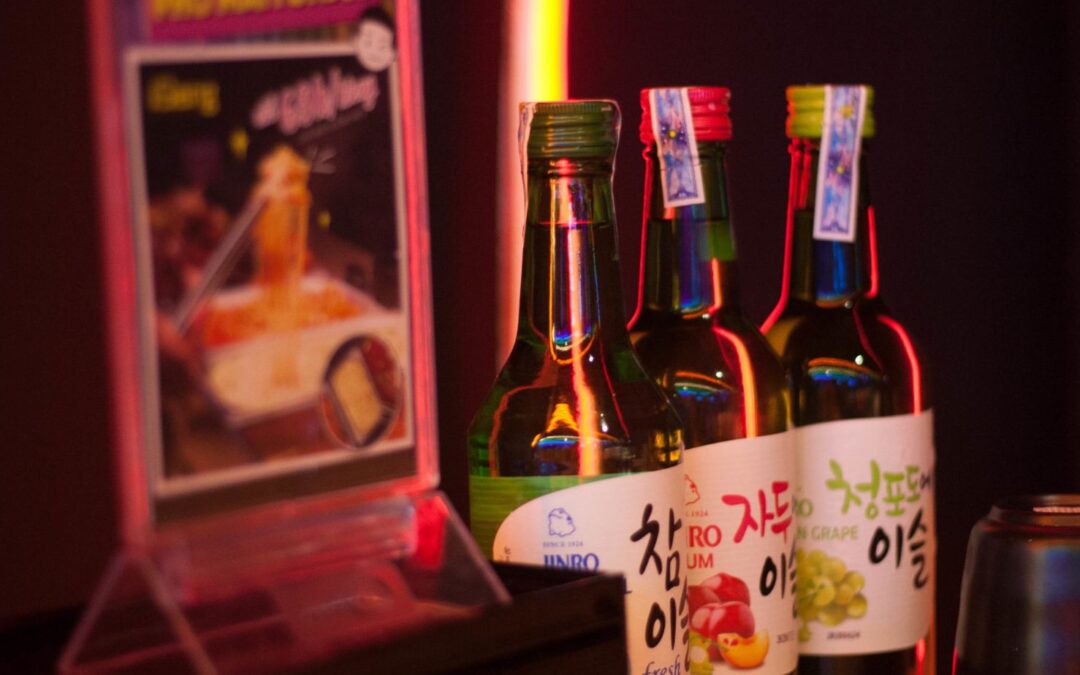You might be wondering, What’s soju11? Well, it’s time to dive into the world of this intriguing term. In essence, soju11 isn’t a widely recognized or established concept. You won’t find a definition in any dictionary or encyclopedia you check out. Yet here we are talking about it – and for good reason.
Let me explain why I’m discussing something that may seem obscure at first glance. The internet is filled with unique terms and phrases that aren’t necessarily mainstream but still hold meaning for specific communities or individuals. In exploring these less conventional topics like soju11, we’re venturing outside our comfort zones, expanding our horizons, and challenging ourselves to keep learning.
Now let’s get down to business – what exactly is soju11? While there may not be an official definition, I’ll do my best to shed some light on it based on my research and insights. This exploration should provide a better understanding of what makes this term interesting yet mysterious at the same time.
Soju11
Let’s take a walk down memory lane and delve into the history of soju11. This popular Korean spirit has deep roots, going back as far as the 13th century during the Goryeo dynasty. It was during this period that distillation technology made its way to Korea from the Middle East through Mongol invasions.
The original method of production involved fermenting rice, but with time, brewers started adding wheat, barley or even sweet potatoes to the mix. There’s an interesting twist here; due to a government ban on using rice for alcohol in the 1960s, manufacturers had to be creative. They turned to other grains and starches like sweet potatoes and tapioca. Even after lifting the ban in 1999, several brands kept using these alternatives due to their cost-effectiveness.
But I’m sure you’re wondering about its popularity surge? Well, it’s largely tied to South Korea’s rapid economic development in recent decades. As people sought affordable ways to unwind after work, soju became a go-to option for many – it’s relatively cheap and widely available!
To give you some perspective on its popularity:
- South Koreans consume over 3 billion bottles annually
- Its top brand ‘Jinro’ has been ranked as the world’s best-selling spirit since 2006
If there is any testament needed for soju’s standing today, it’s clearly reflected by these impressive numbers!
Ingredients Used in Soju
Soju’s popularity is on the rise, and I’m here to shed some light on what goes into making this beloved Korean spirit. Traditionally, soju was made from rice but due to shortages in the 1960s, other ingredients like wheat, barley and tapioca started being used.
Rice is still a mainstay in premium soju production today. This grain provides a smooth texture and subtle sweetness that makes it perfect for sipping straight or mixing into cocktails. Wheat-based sojus often have a slightly earthier taste while those made with barley tend to be sweeter.
Now let’s talk about sweet potatoes, another important ingredient in modern soju production. They contribute an almost creamy mouthfeel and subtly sweet flavor profile when used as the starch base for distillation. Tapioca, on the other hand, yields a distinctively crisp finish that sets it apart from its grain- and tuber-based counterparts.
Even though these are the core ingredients of most commercial soju11 you’ll find out there, remember there’s no one-size-fits-all recipe for this versatile spirit. Different producers have their unique spins – some infuse fruits or herbs while others might age their product for additional depth of flavor.
Each ingredient brings something special to the table (or glass!) contributing towards the unique character of every bottle of soju you uncork!
Distillation Process of Soju
Every sip of soju11 carries a rich history, and the distillation process is an integral part of that narrative. It’s fascinating to delve into how the humble rice grain transforms into this beloved Korean spirit.
Soju production begins with fermentation. A mixture called mash is created, comprising water, yeast, and a base ingredient – commonly rice, but wheat or barley can also be used. In some regions of Korea, they opt for sweet potatoes or tapioca instead. This concoction is left to ferment for about 15 days.
Post-fermentation comes distillation. Here’s where the magic happens! The fermented mash is boiled in a sot (traditional Korean cauldron), using steam to separate the alcohol from the mix. The vaporized alcohol rises through a pipe leading to another container where it cools and condenses back into liquid form – our precious soju!
Modern breweries have mostly switched to continuous stills over sots due to their efficiency. Continuous stills work on similar principles but allow for constant production without needing individual batches.
The freshly distilled soju isn’t ready yet; it undergoes dilution first. Water is added until the desired strength (typically around 20% ABV) is achieved.
Lastly, there’s filtration which removes any impurities remaining in the liquor before bottling it up for consumption.
My name is Andrea Thompson and I’m a home based freelance writer. I’m 23 years old, married to my best friend, and mother to a wonderfully independent and opinionated 3 year old girl and step-mother to a sweet seven year old boy. I live in a tiny, little town in Kentucky, where I spend my free time fishing with my kids.
Writing has always been my passion, which I followed through high school, and for a while in college. Life happened, and once I discovered we were pregnant, I switched directions; opting for the healthcare industry because of the stability.
Finally, years later, I was in a place where I could leave the day job that never truly made me happy, and pursue my dreams. I’ve built, and am still building, my writing career from scratch. But, I’m passionate and I’m good at what I do. And, in the end, I can prove to my daughter that she can do anything she wants with this life.





